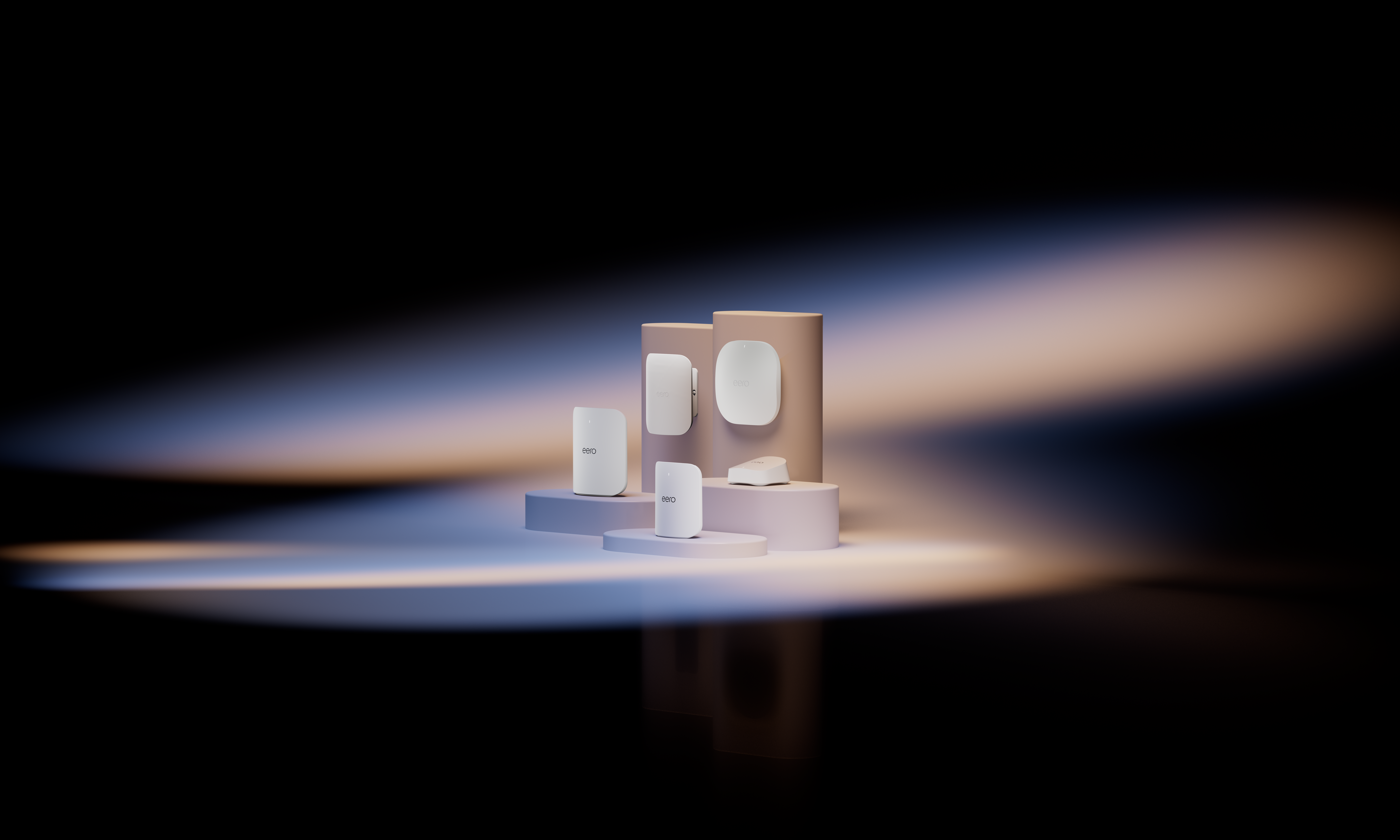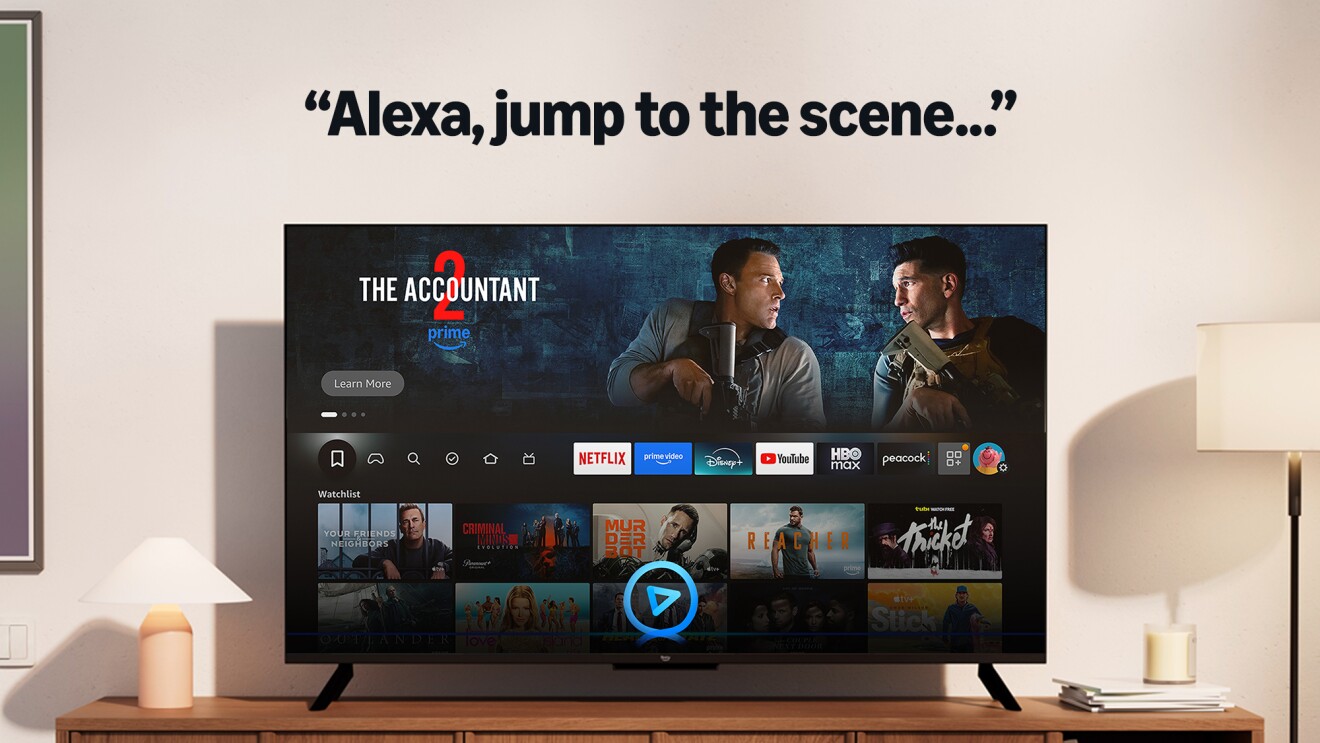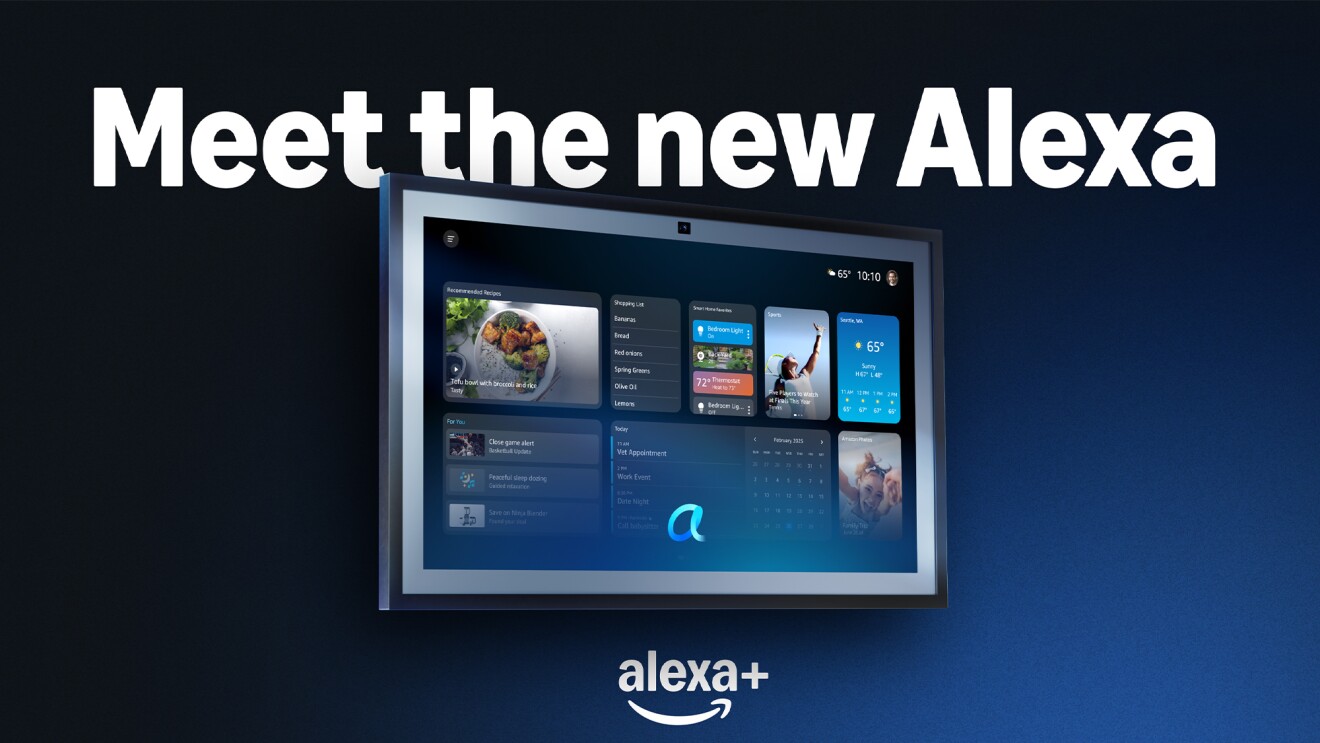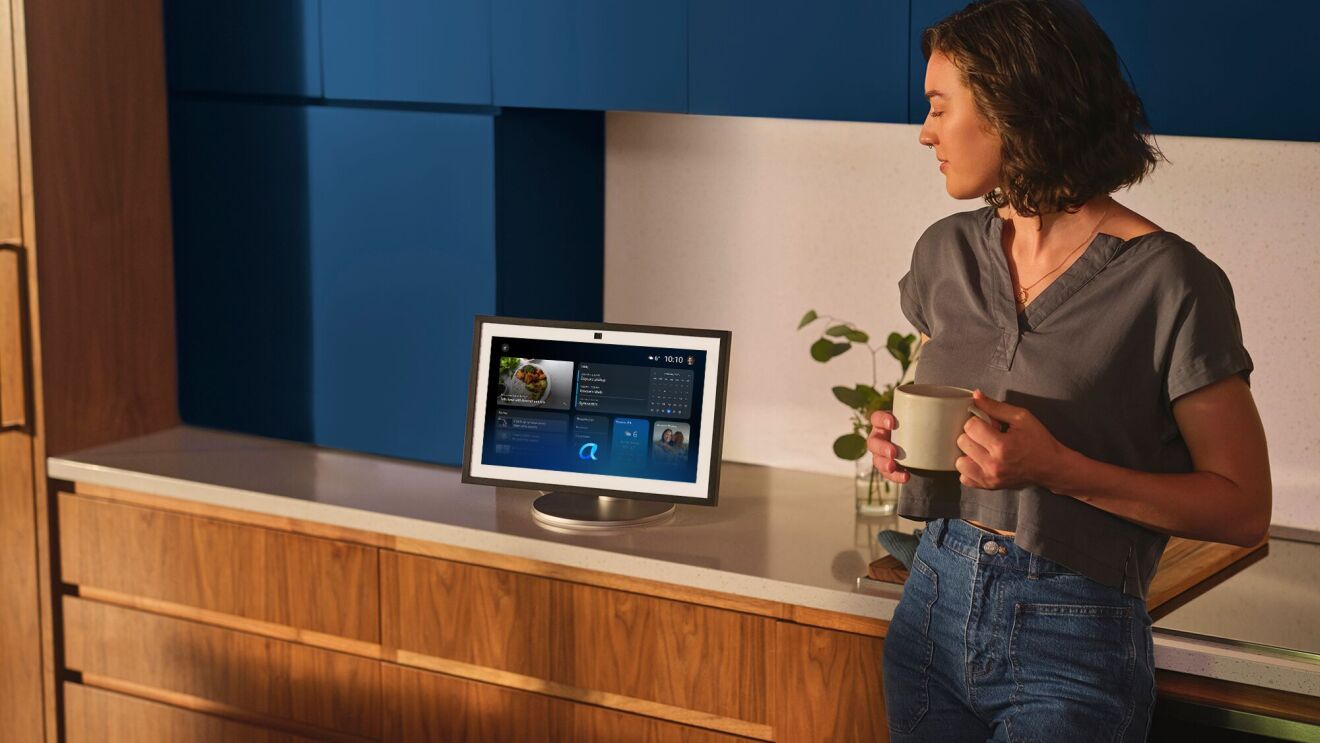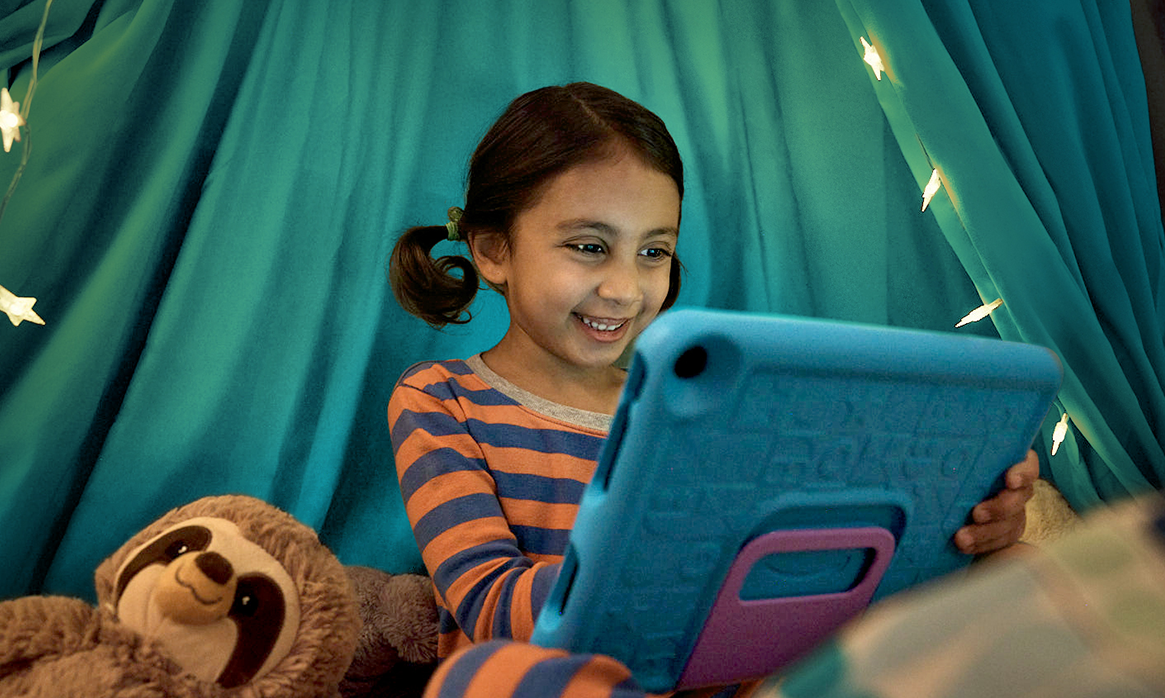Key takeaways
- Customer behavior showed people were using their indoor eero Wi-Fi devices outside.
- Engineers built and tested the eero Outdoor 7 to withstand extreme weather conditions.
- The design prioritized waterproofing, temperature management, and simple installation.
When Eric Johnson, principal product manager, first saw the photos of customers using their eero devices to connect to Wi-Fi outside, he couldn't help but be impressed by the determination.
He and the team found customers were dangling the devices—which are made for indoor use only—out of windows with extension cords in plastic bags, mounting them to sticks or poles in their yards, and sealing them in containers with holes cut for cables. All so they could access Wi-Fi outdoors and connect everything from smart grills to electric vehicles.
These creative solutions worked—up until a certain point. The team recognized that these DIY approaches, while functional, were often flawed and further highlighted the need for a true outdoor product that customers could confidently install.
"We had someone who put the eero in a box outside, and it would reboot," said Johnson. "What we found interesting was that it would reboot around the same time each day. Graphing it over time, we realized this daily occurrence would sync to moments when the afternoon sun was at its peak.”
The customer had placed the device in a small acrylic box, which created a greenhouse effect that caused the device to warm up at an even faster rate. Since this device was made for indoor use, the device’s self-protection mechanisms were causing it to shut off as the heat became trapped in the box.
“We take pride in the fact that customers use their eero devices to solve real everyday connectivity problems and meet their specific Wi-Fi needs—whatever they may be,” said Mark Sieglock, eero’s director of product and engineering. “In this case, these eero setups were actually causing them issues. It was at that point we were able to pinpoint the next customer challenge we needed to address.”
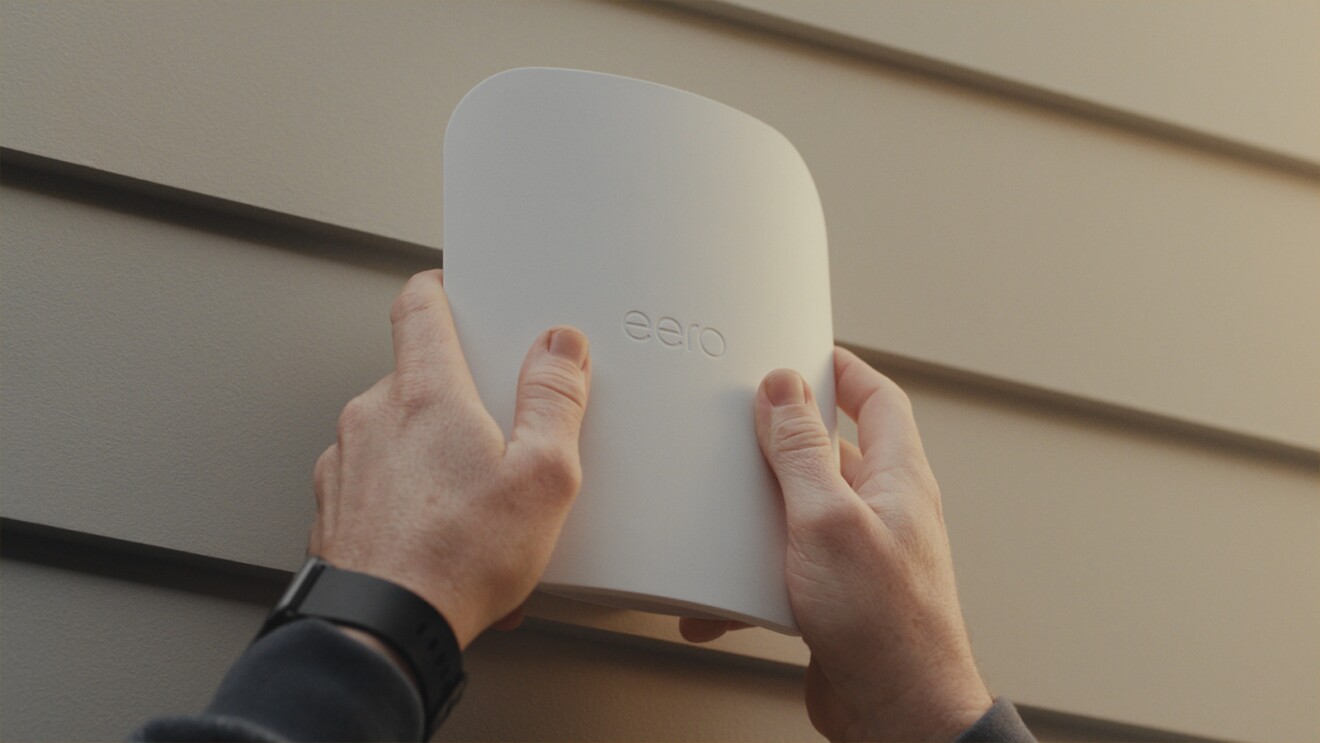
More importantly, since eero devices were designed specifically for indoor environments, the company couldn't support these outdoor setups, and using products outside their intended purpose voided their warranty.
The evidence was overwhelming; these makeshift outdoor solutions revealed a clear need for customers, and the team decided it was time to create a purpose-built outdoor device that would eliminate the need for risky or complex DIY solutions.

That decision led to the eero Outdoor 7, a Wi-Fi device engineered to withstand everything from Arizona heat waves to freezing temperatures and rainstorms.
“The customer demand for eero Outdoor 7 exceeded our expectations,” said Johnson. “We ran out of inventory on Amazon.com in the U.S. within the first 24 hours of its release.”
Testing for the extreme
To ensure eero Outdoor 7 could endure what nature threw at it, eero subjected the device to rigorous testing both in labs and real-world environments.
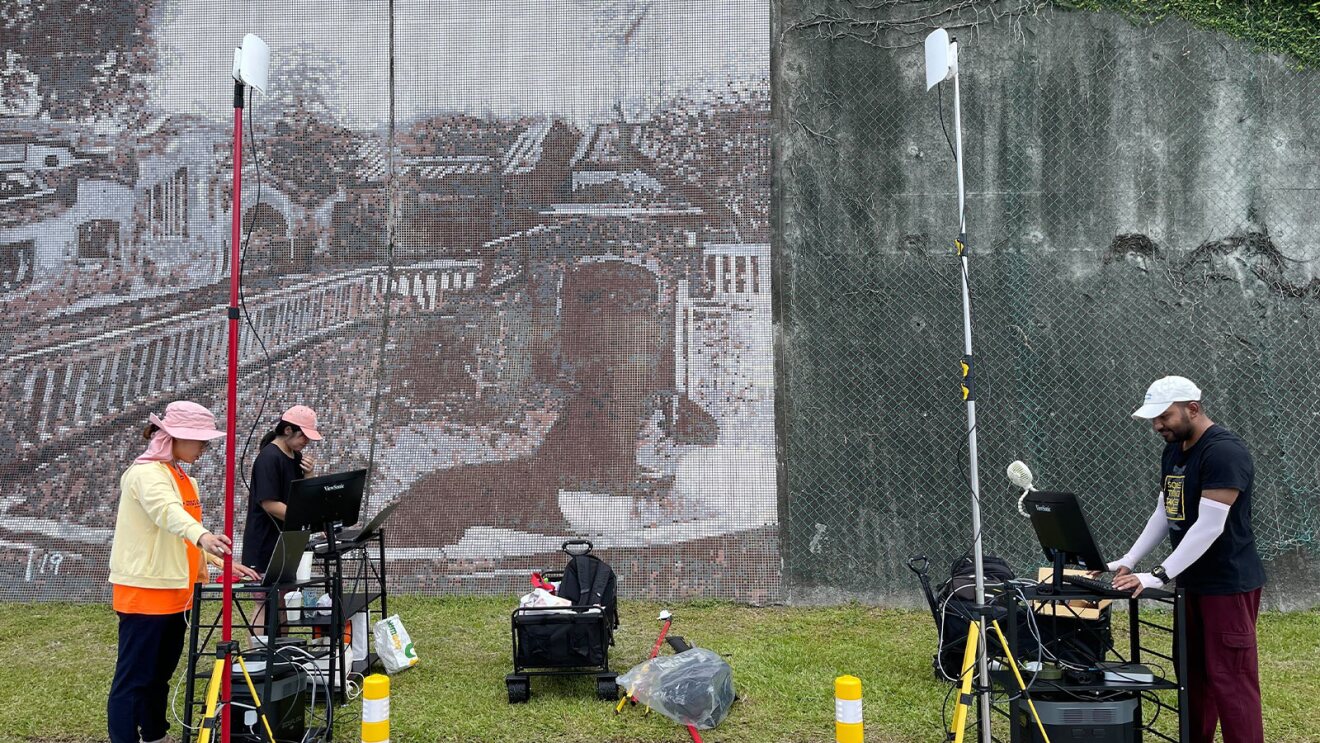
The eero Outdoor 7 underwent ingress protection (IP) testing that included being sprayed with water from all angles and placed in chambers with swirling fine dust. The team also placed units in wind tunnels with speeds up to 100 miles per hour to ensure the mounting bracket would stay secure.

To simulate rapid temperature changes from extreme cold to extreme heat, the team conducted "shock testing” by placing devices in walk-in refrigerators for persistent cold and testing them during Arizona heat waves where temperatures reached 112 degrees Fahrenheit. They even tested the devices in the rain along a beach, moving them progressively farther apart to test range and performance.
"When you test in the lab, the data tends to always look great,” said Johnson. “But when you run in the real world, you find real customer-impacting bugs, and we had an opportunity to fix those before having customers use it.”
Thoughtful design for real-world use
Perhaps the most fascinating design detail borne from their outdoor testing is a series of seven small holes on the bottom of the unit. These allow the device to "breathe," managing humidity and preventing condensation inside the frame.
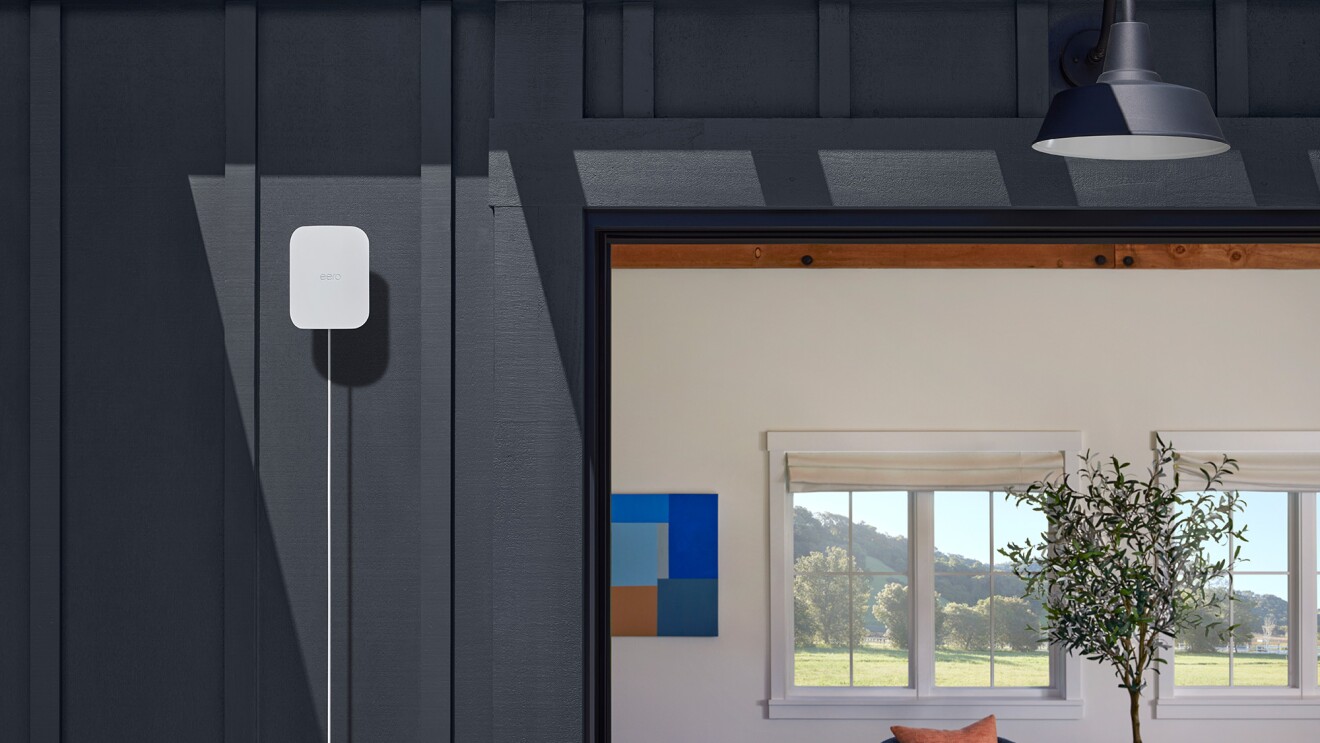
"It turns out that if you try to build anything bigger than about half an inch, that unit will eventually draw in humidity and it will condense," said Johnson. "It’s almost impossible to completely seal the space, so we actually let the unit breathe, using a material that lets water vapor through, but prevents liquid water from entering the unit. That's really important because we have to manage the humidity inside to keep moisture from condensing on the board."
The team also incorporated several details inspired by customer DIY solutions.
They designed curved surfaces with a hydrophobic texture to repel water, which eliminated the need for plastic bag protection. They created a versatile mounting bracket that works with multiple surface materials, negating the need for customers to rig their own. The device also has its own power supply so customers can plug into an outdoor outlet, along with the option to use power over ethernet. It also comes with a pre-assembled seal for an Ethernet connection.
The result? The eero Outdoor 7 launched with a very high success rate—showing that the best product ideas often come directly from understanding what customers want, and delivering it.
"We built it for customers," said Johnson. "We wanted to make it easy so that anyone could have Wi-Fi outdoors."
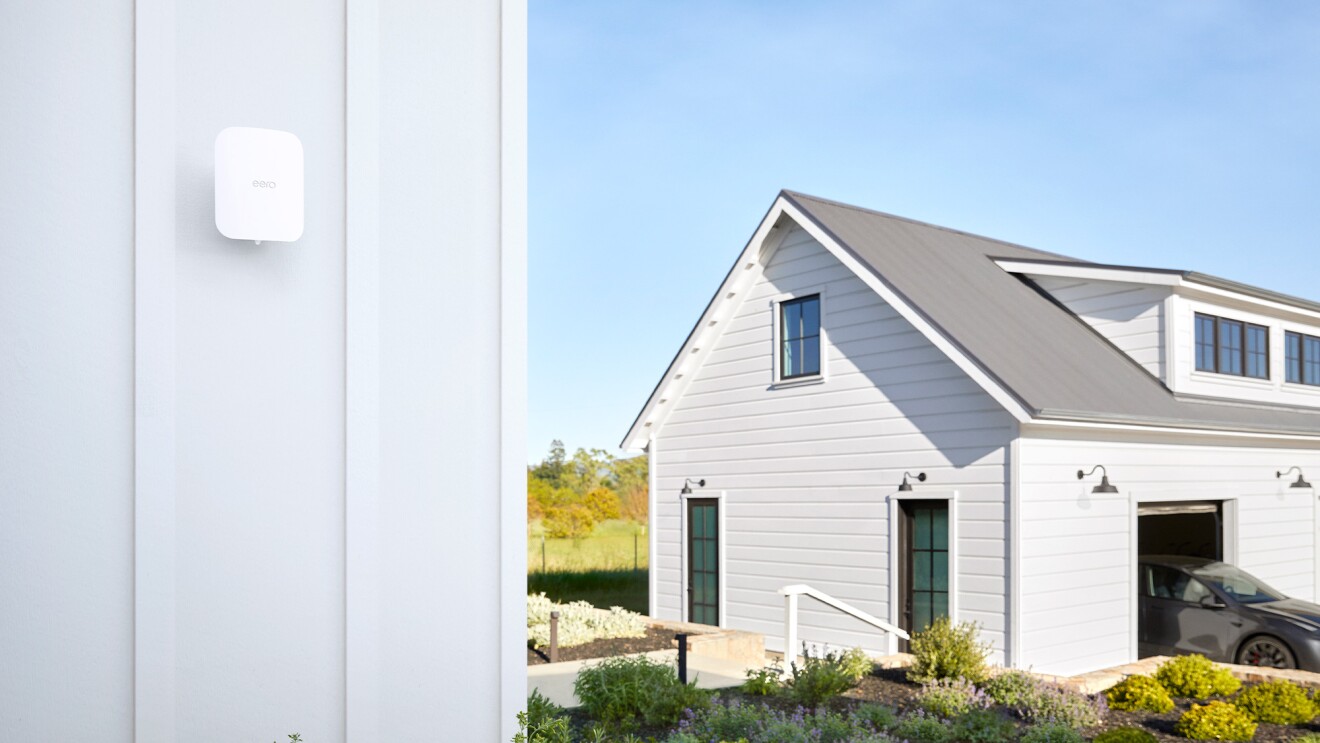
Even after launching eero Outdoor 7, the team continues to see customers using their devices in creative ways inspired by earlier DIY solutions. Some have created point-to-point networks with two Outdoor 7s to extend coverage to docks and boats; others have used it to extend coverage to barns, hutches or other farm outbuildings.
These continuing customer innovations demonstrate to the eero team that the best product development doesn't happen in isolation. It often comes from closely watching what customers are already trying to accomplish on their own, and then building solutions that make those aspirations easier to achieve.
Trending news and stories


